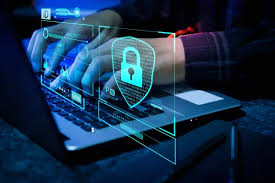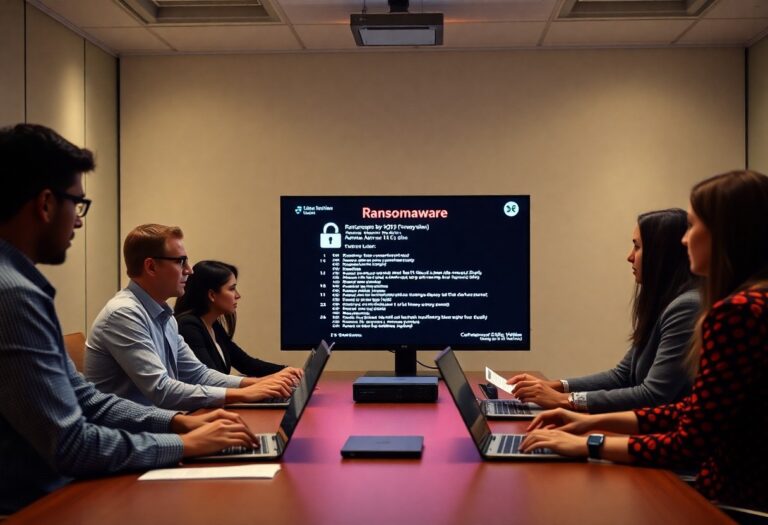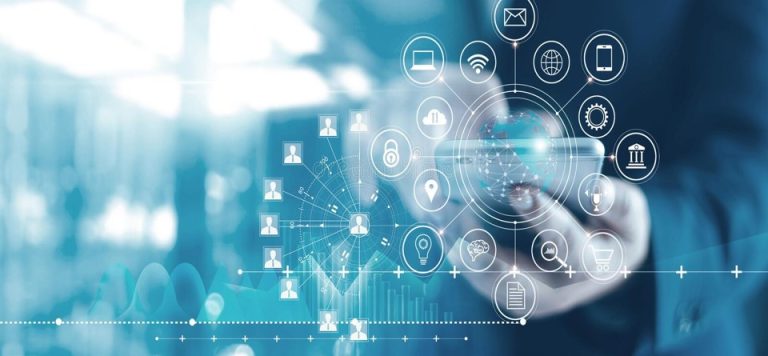“A Silent Threat Lurks in the Shadows… Stay Ahead with Dark Web Monitoring”
Dark Web Monitoring is an essential cybersecurity practice that continuously scans the dark web to detect leaked or stolen sensitive information belonging to an organization. Due to frequent data breaches, confidential details such as customer email IDs, phone numbers, passwords, and credit card information—alongside critical business data like login credentials and proprietary documents—often surface on dark web platforms.
By actively monitoring hacker forums, illicit marketplaces, and underground chat rooms, Dark Web Monitoring enables organizations to detect compromised data early and take immediate action to mitigate potential security threats.
Dark Web Surveillance: A Critical Need for Organizations
It was a seemingly ordinary Friday morning at Organization Y. Employees were rushing to meet deadlines while eagerly anticipating the long weekend. As the day neared its end, fatigue set in, making them less vigilant. An email, appearing to be from their CEO, requested them to re-verify their login credentials for an upcoming software upgrade. Unwittingly, employees clicked the link, entered their details, and logged off, unaware of the storm brewing.
When they returned on Tuesday, chaos ensued—the organization’s entire network was crippled by ransomware, halting operations. A digital forensic investigation uncovered the root cause: a targeted phishing attack, orchestrated using employee email IDs harvested from the dark web. The attackers had spent a week gathering the data and planning their assault, proving that the compromised information had been available on the dark web long before the attack took place.
This incident underscores the crucial role of Dark Web Monitoring in protecting employees and securing organizational networks from cyber threats.
Why is Dark Web Monitoring Essential?
The dark web is an unindexed section of the internet, inaccessible via traditional search engines like Google and Bing. It operates through anonymized networks such as Tor, making it a hotbed for cybercriminal activities, including the sale of stolen data, malware distribution, and hacking services.
Dark Web Monitoring is imperative for organizations due to the following reasons:
- Early Data Breach Detection: Identifies stolen credentials and sensitive data before they are exploited.
- Brand Reputation Protection: Enables swift action against data leaks, safeguarding an organization’s public image.
- Regulatory Compliance: Ensures adherence to data protection regulations such as GDPR, ISO 27001, and NIST SP 800-53.
How Dark Web Monitoring Works
- Identify Key Assets: Define the entities to be monitored, including email domains, brand names, and IP addresses.
- Continuous Surveillance: Scan dark web sources for compromised data and unauthorized disclosures.
- Real-Time Alerts: Receive instant notifications upon detecting potential threats or data leaks.
- Incident Response: Take corrective actions such as resetting passwords, conducting forensic investigations, and notifying affected users.
Benefits of Dark Web Monitoring
- Credential Security: Detects leaked usernames and passwords associated with corporate domains.
- PII Exposure Prevention: Identifies compromised Personally Identifiable Information (PII), including credit card numbers and passport details.
- Threat Intelligence: Monitors dark web forums, marketplaces, and communication channels for discussions targeting an organization, its executives, or infrastructure.
- Data Leak Detection: Flags unauthorized data dumps, stolen documents, or leaked proprietary code.
Conclusion
In today’s cyber landscape, continuous vigilance is imperative. Organizations must proactively monitor the dark web to stay ahead of cybercriminals, mitigate security risks, and safeguard their most valuable assets. Implementing a robust Dark Web Monitoring strategy is no longer a luxury—it is a necessity.








